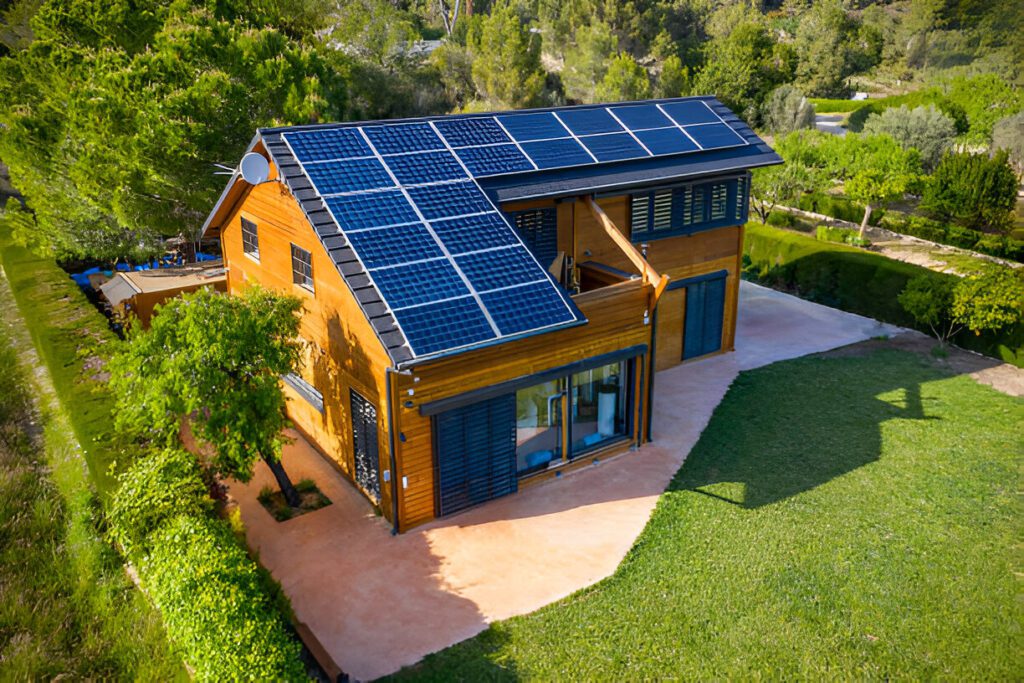Solar Power Basics becomes more popular, understanding the basics can help you decide if it’s right for you. In this article, we’ll break down three important terms in solar power: wattage, voltage, and amperage. Knowing what these mean will give you a better idea of how solar energy works and how to use it effectively
Understanding the Basics: Wattage, Voltage, and Amperage
When learning about solar power, three key concepts come up often: wattage, voltage, and amperage. Let’s look at each one separately.
1. Wattage (W)
Wattage is a measure of power. When you look at any device, like a light bulb, you’ll often see the number of watts it uses. This tells you how much power the device needs to run.
In solar power, wattage is important because it shows you how much energy a solar panel can generate. For example, if you have a 100-watt solar panel, it means the panel can produce 100 watts of power per hour under ideal conditions. The more watts a panel can produce, the more powerful it is.
Example: Imagine you want to power a 50-watt light bulb with your solar panel. A 100-watt solar panel would have enough power to keep the light on for about two hours.
2. Voltage (V)
Voltage is the “push” that moves electricity through wires. Think of it as water pressure in a hose. The higher the voltage, the more force there is to push electricity through.
In solar power, voltage is the amount of electricity a solar panel produces under sunlight. Most solar panels are designed to produce a specific voltage, usually around 12 or 24 volts. Understanding voltage is important because devices and batteries need the right amount of voltage to work safely.
Example: If you have a battery that needs 12 volts, you should use a solar panel that produces 12 volts, so the voltage matches up.
3. Amperage (A)
Amperage, or amps, measures the amount of electrical current flowing through a wire. If voltage is like water pressure, amperage is like the amount of water flowing through the hose.
In solar panels, the amount of amps tells you how much electricity flows out of the panel. Higher amperage means more electricity can flow, which is useful when powering bigger devices.
Example: If a device needs 5 amps to work and your solar panel only provides 3 amps, it won’t run. You need to make sure your panel produces enough amps to meet the needs of whatever you’re powering.
How Do Wattage, Voltage, and Amperage Work Together?
These three parts—wattage, voltage, and amperage—work together in solar power. The relationship between them is simple:
Wattage = Voltage × Amperage
So if you know two of these values, you can figure out the third. For instance, if a solar panel has a voltage of 12 volts and an amperage of 5 amps, the wattage would be:
Wattage = 12 V × 5 A = 60 W
This formula helps you understand the power capacity of a solar panel and what it can support.
Choosing the Right Solar Panel for Your Needs
When you’re picking a solar panel, knowing the wattage, voltage, and amperage helps you make the right choice. Here are some tips:
- Check Device Needs: Make a list of devices you want to power and check the wattage, voltage, and amperage each needs.
- Match the Voltage: Ensure the voltage of your panel matches the device or battery to avoid any issues.
- Consider the Amperage: Check if the panel’s amperage is high enough to support your devices.
Why Solar Basics Matter
Understanding these basics helps you make smart decisions about solar power. For example, if you want to charge a small battery for camping, you don’t need a large, high-wattage panel. But if you want to power a refrigerator, you’ll need a panel that can provide enough wattage, voltage, and amperage.
Solar power is a great way to save on energy bills and help the environment, but picking the right equipment is key to getting the most out of it. Knowing the basics makes it easy to get started!
Final Thoughts
Solar power is simpler than it might seem at first. By understanding wattage, voltage, and amperage, you’ll be better prepared to choose the right solar panels and make the most of solar energy. These basics are just the beginning, and as you learn more, you can explore larger and more powerful solar setups.
Switching to solar energy can be a great decision, both for saving money and for helping the planet. Now that you know these basics, you’re one step closer to using the sun’s power effectively!

